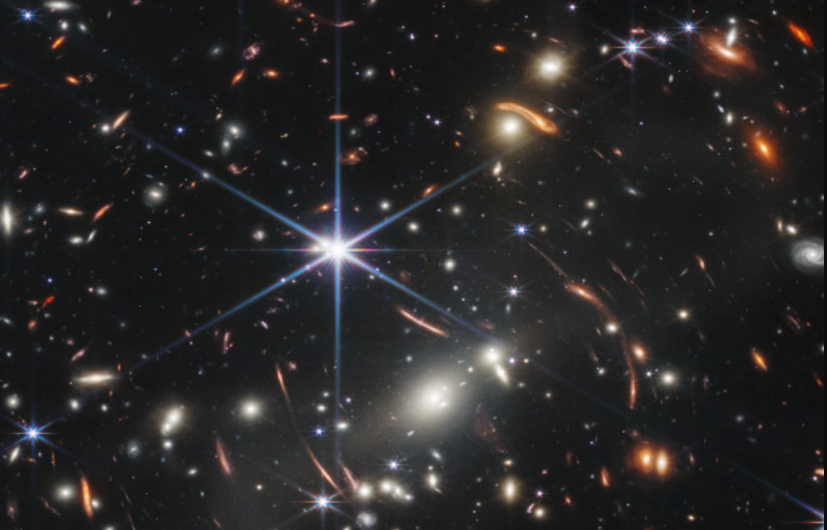
Image of thousands of galaxies captured by James Webb telescope in 2022
An international team of researchers has made unprecedentedly detailed observations of the earliest galactic mergers, suggesting that stars evolved faster and more efficiently than previously thought, according to SciTechDaily on April 13.
The team of experts observed a giant halo of light about 510 million years after the Big Bang event that created the universe, or about 13 billion years ago. At the time the light reached the James Webb telescope's camera, two galaxies were still in the process of merging.
"When we made the observations, the object was 10 times larger than any other galaxy ever discovered in the early universe," said Dr Kit Boyett of the University of Melbourne (Australia).
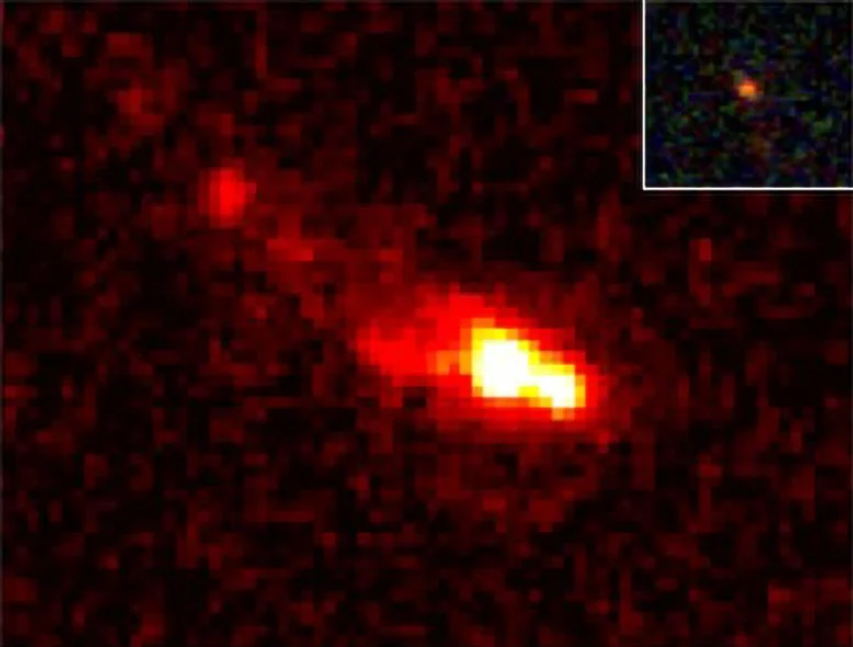
Light from the universe's first ever observed galaxy merger
He is the lead author of the report published in the journal Nature Astronomy . The report has a total of 27 authors from 19 research institutes in Australia, Thailand, Italy, the United States, Japan, Denmark and China.
Professor Michele Trenti, also from the University of Melbourne, said it was truly amazing that the James Webb Space Telescope provided detailed images of galaxies at the edge of the universe.
"The James Webb Space Telescope is really changing our understanding of the early stages of galaxy formation," according to Professor Trenti.
Source link



![[Photo] Prime Minister Pham Minh Chinh chairs meeting to remove difficulties for projects](https://vstatic.vietnam.vn/vietnam/resource/IMAGE/2025/3/30/7d354a396d4e4699adc2ccc0d44fbd4f)
![[Photo] Ministry of Defense sees off relief forces to the airport to Myanmar for mission](https://vstatic.vietnam.vn/vietnam/resource/IMAGE/2025/3/30/245629fab9d644fd909ecd67f1749123)
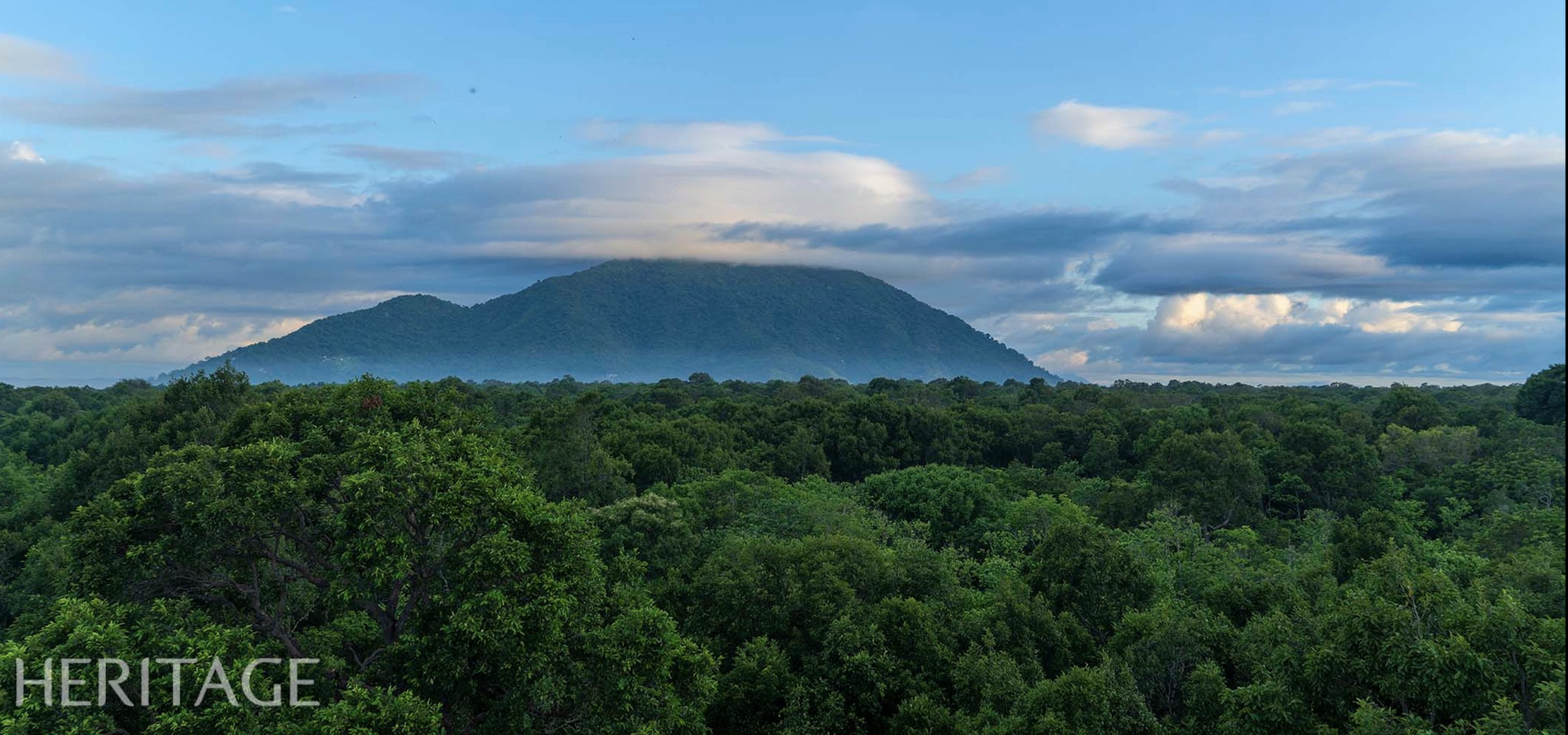


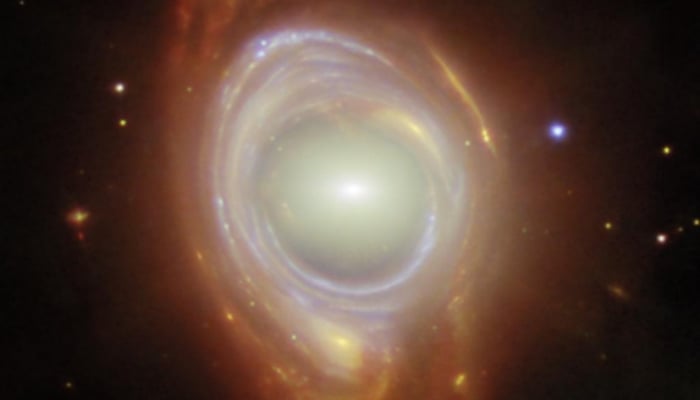



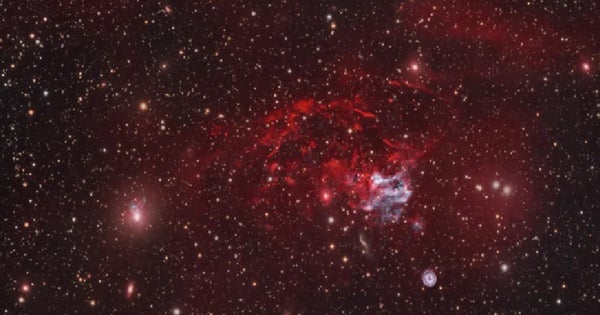
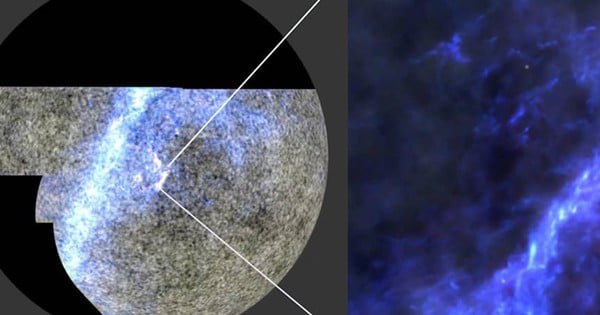
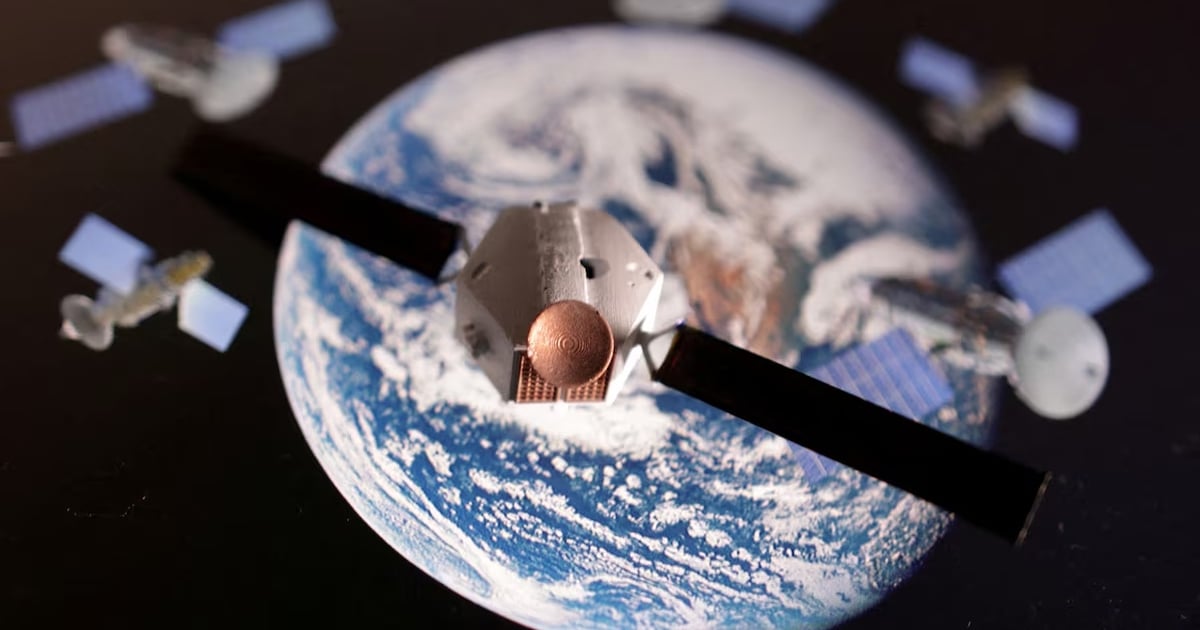
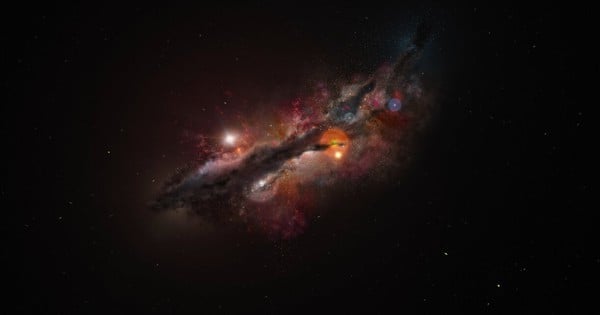
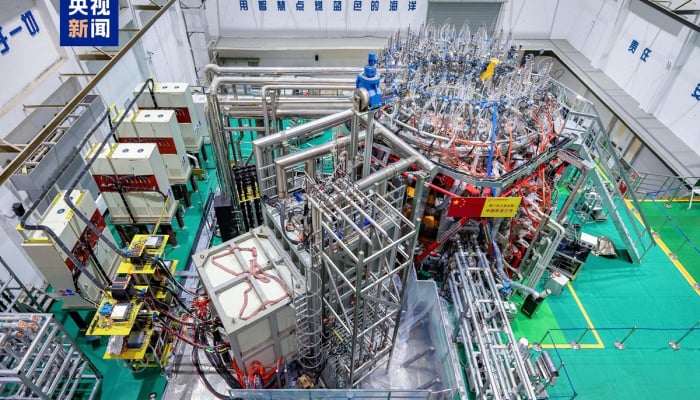

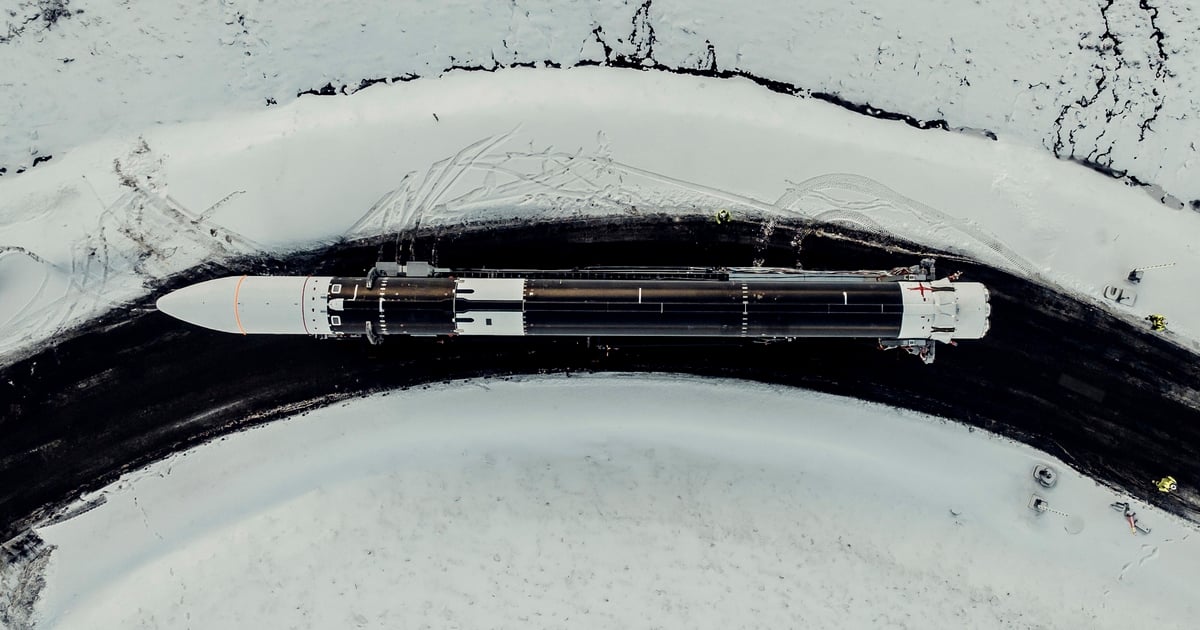






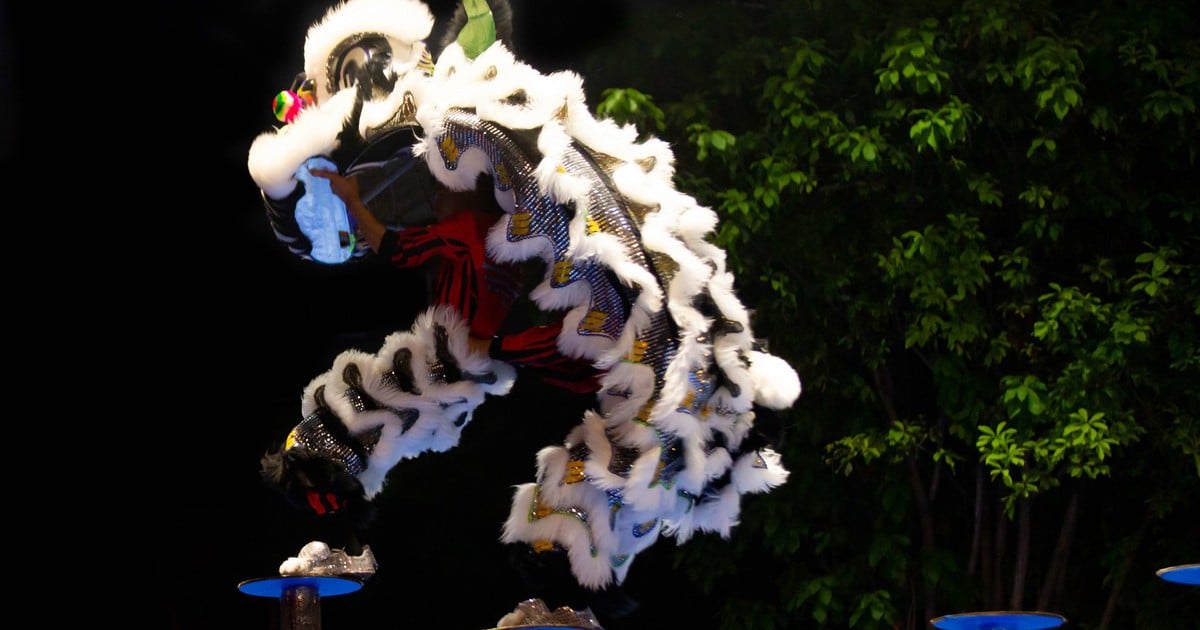



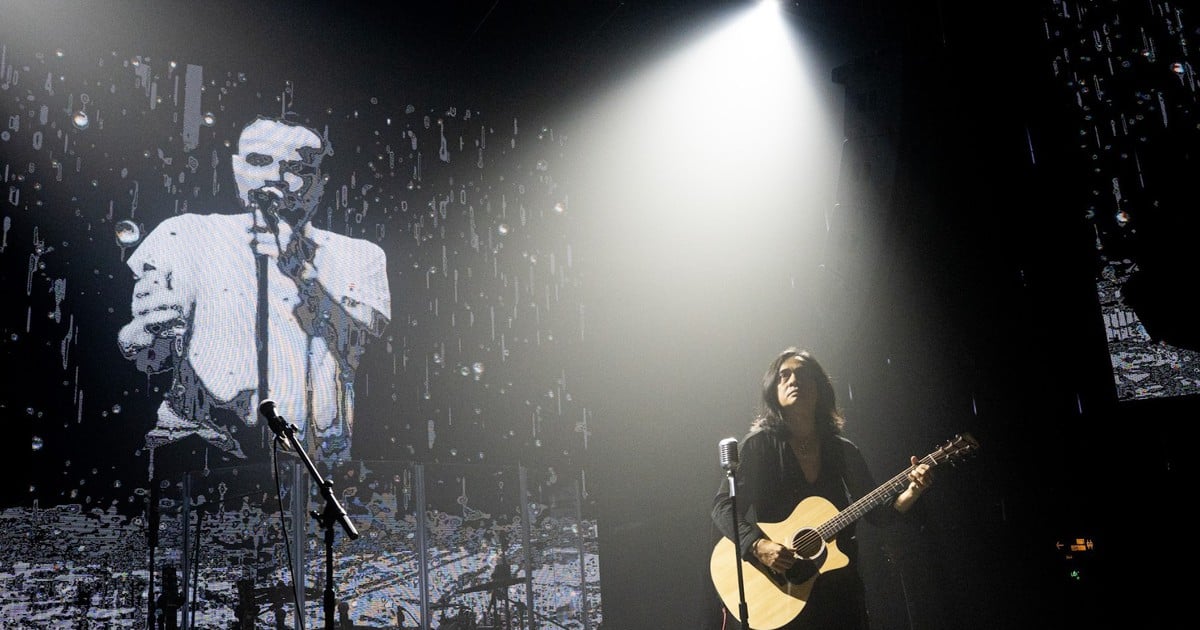







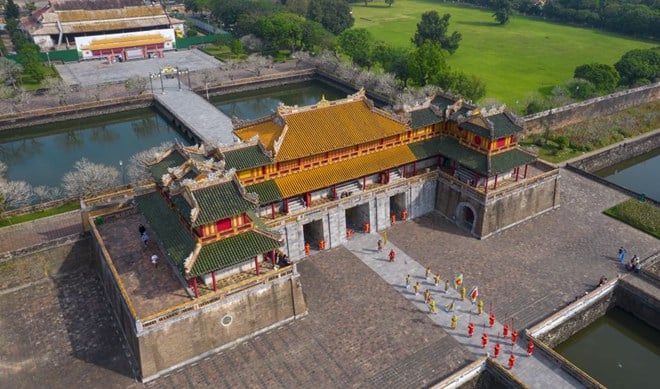





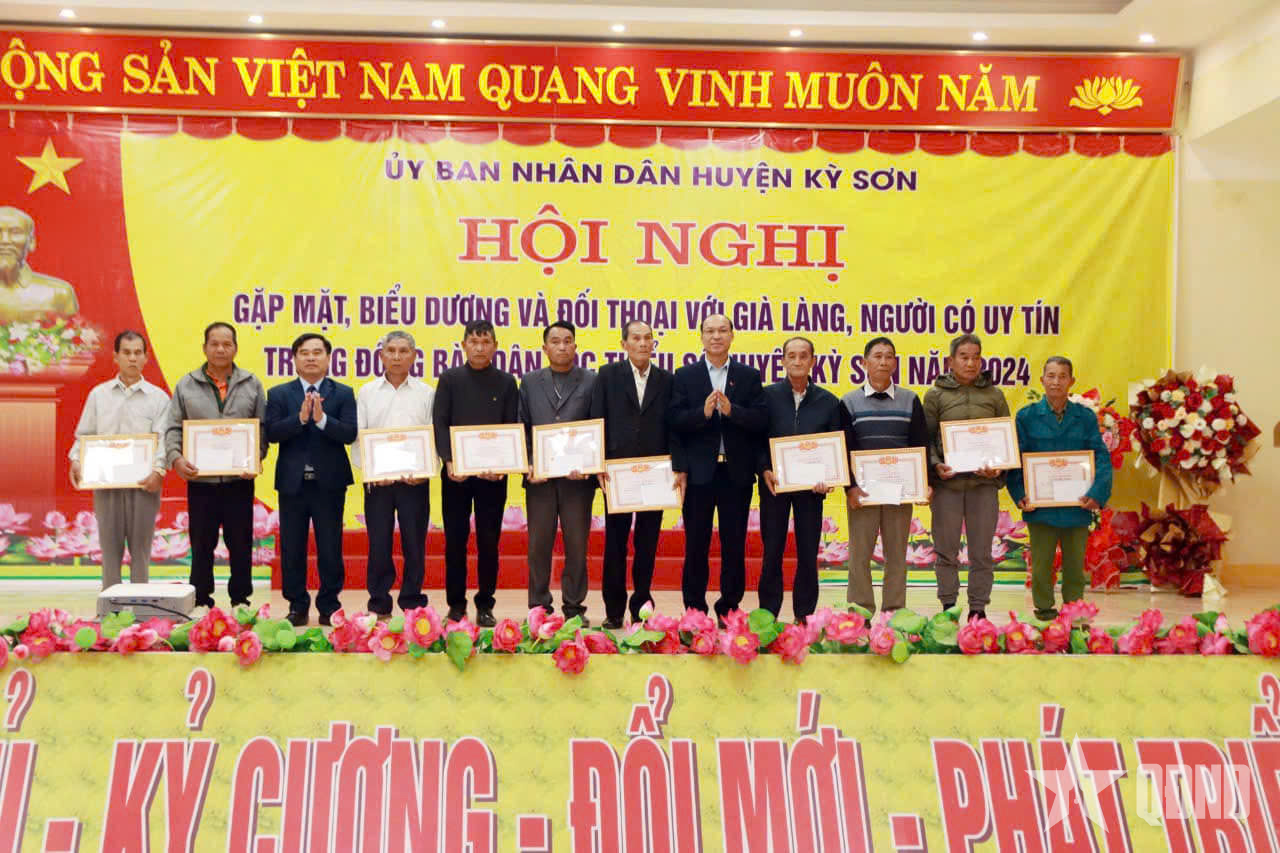






















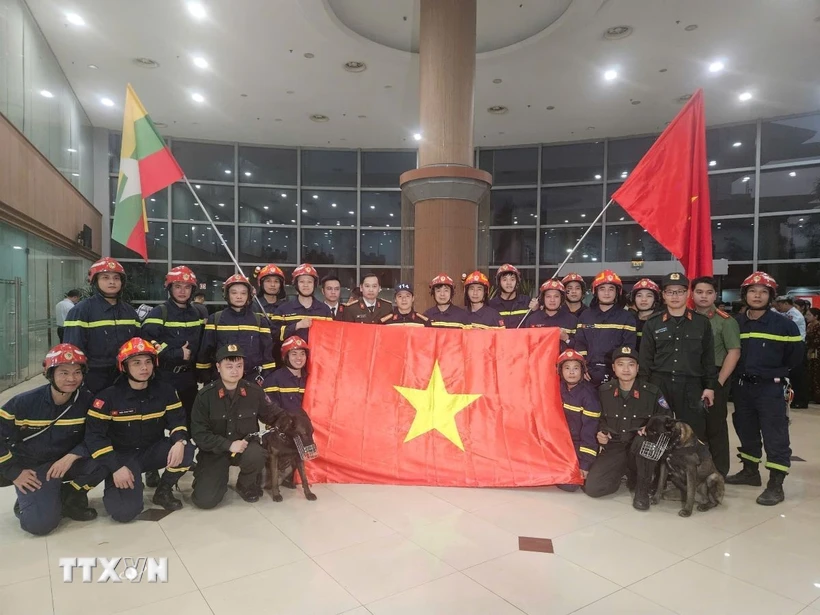



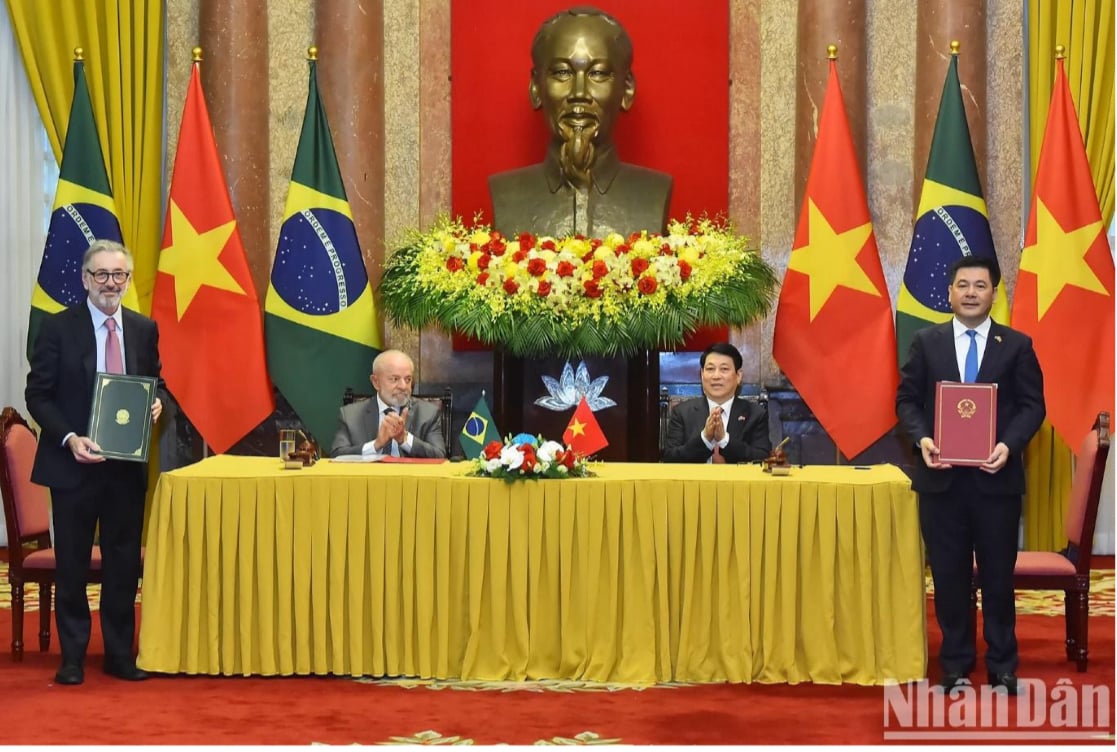









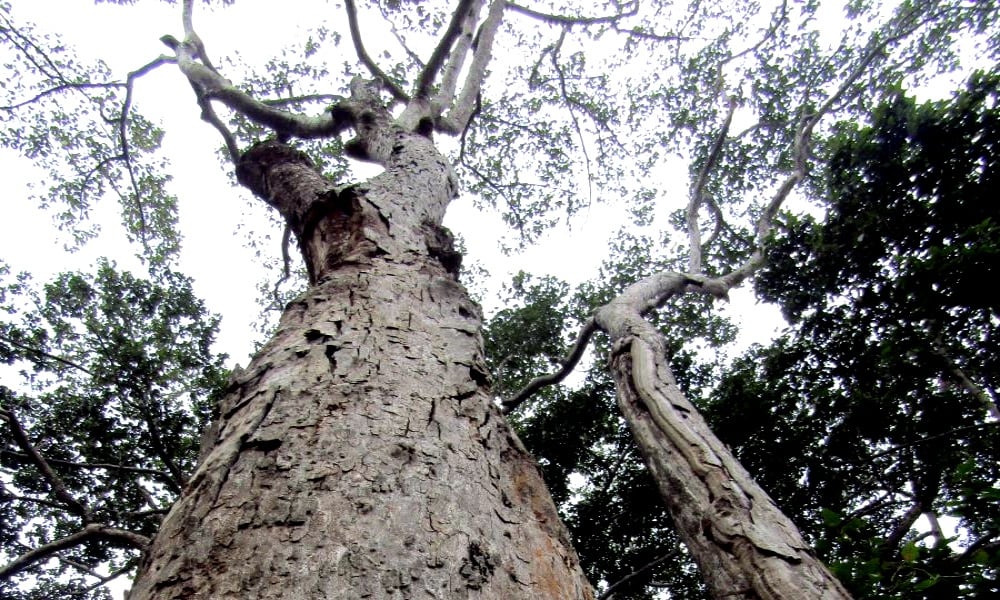












![[REVIEW OCOP] An Lanh Huong Vet Yen Cat](https://vstatic.vietnam.vn/vietnam/resource/IMAGE/2025/3/27/c25032328e9a47be9991d5be7c0cad8c)



Comment (0)